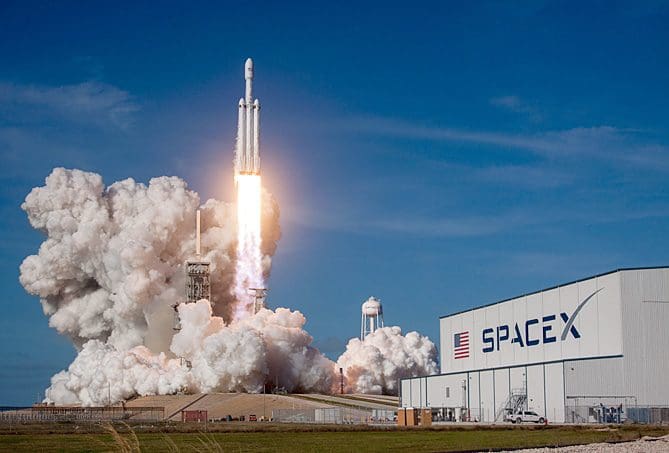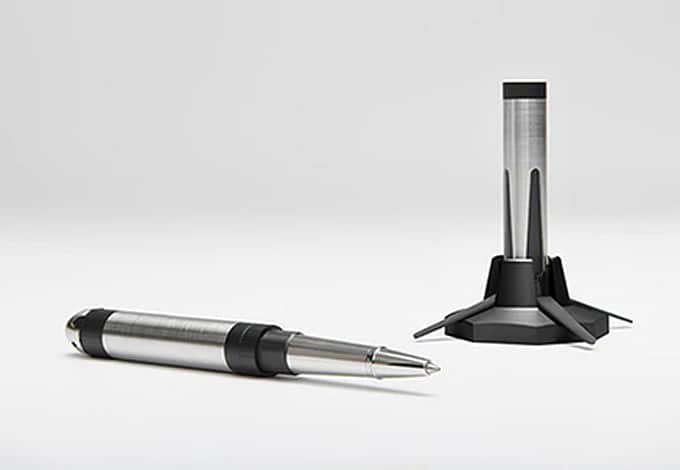words Al Woods
A very short time ago, space exploration was reserved for the wealthiest of nation-states. America, Russia, China and Europe were the only ones with the resources necessary for the immensely expensive endeavour of leaving the earth’s atmosphere.
In recent years, however, that’s all changed; private organisations, for the first time ever, have both the wealth and the volition to enter into the space race. In this article, we explore the commercial space age in a little more detail, to see what it’s all about.

What is it?
Commercial space exploration refers to the space industry controlled by companies, either for personal or commercial gain, as opposed to the traditional motivators – state-funded, scientific development and exploration. Currently, it occupies a kind of middle ground; run by private corporations such as SpaceX, but in close collaboration with governmental organisations, and with significant public funding.
What does the commercial space age entail?
While a lot of people like to ruminate on private colonies on Mars, most of the commercial space enterprises currently revolve around the space-for-earth economy. 95% of the $366 billion in revenue earned in 2019 in the commercial space industry was from this broad sector, which covers a variety of niches like telecommunications, national security satellites, earth observation facilities and more.
With decreasing costs for launching satellites, it’s becoming increasingly accessible. While this space economy may be good for wealthy entrepreneurs, it does have its downsides, such as the resultant prevalence of space junk and the like.
The space-for-space economy is taking a little longer to take off. Launching something like a mining operation on Mars is significantly more challenging than sending satellites into orbit, and while there’s a lot of progress being made, there’s clearly a very long way to go.
Many organisations, from SpaceX to Boeing, have big plans of bringing the general public to space in a sustainable manner; while it’s not unimaginable, costs and logistical issues are so high that currently, of the global population of 7.7 billion, the most that have been in space at a single time is 13.
As technology advances and costs are further cut surrounding spaceship launches, it’s likely that we’ll see rapid growth. For now, the main missions being mounted by private companies are funded by governments, and carried out in support of inter-governmental projects like the ISS.

It’s not just spaceships and moonwalks
The commercial space age has captured the imaginations of many of us stuck here on earth as well. Companies are increasingly tapping into the niche, creating products that help create a connection, no matter how big or small, to the lofty enterprise of space travel.
One of these inventions is the NOMINAL pen by London based design studio, Mercator. Inspired by Elon Musk’s SpaceX, it features a lid with Falcon 9 style retracting legs, giving a visual reminder of what’s happening high above our heads at this very moment.

















